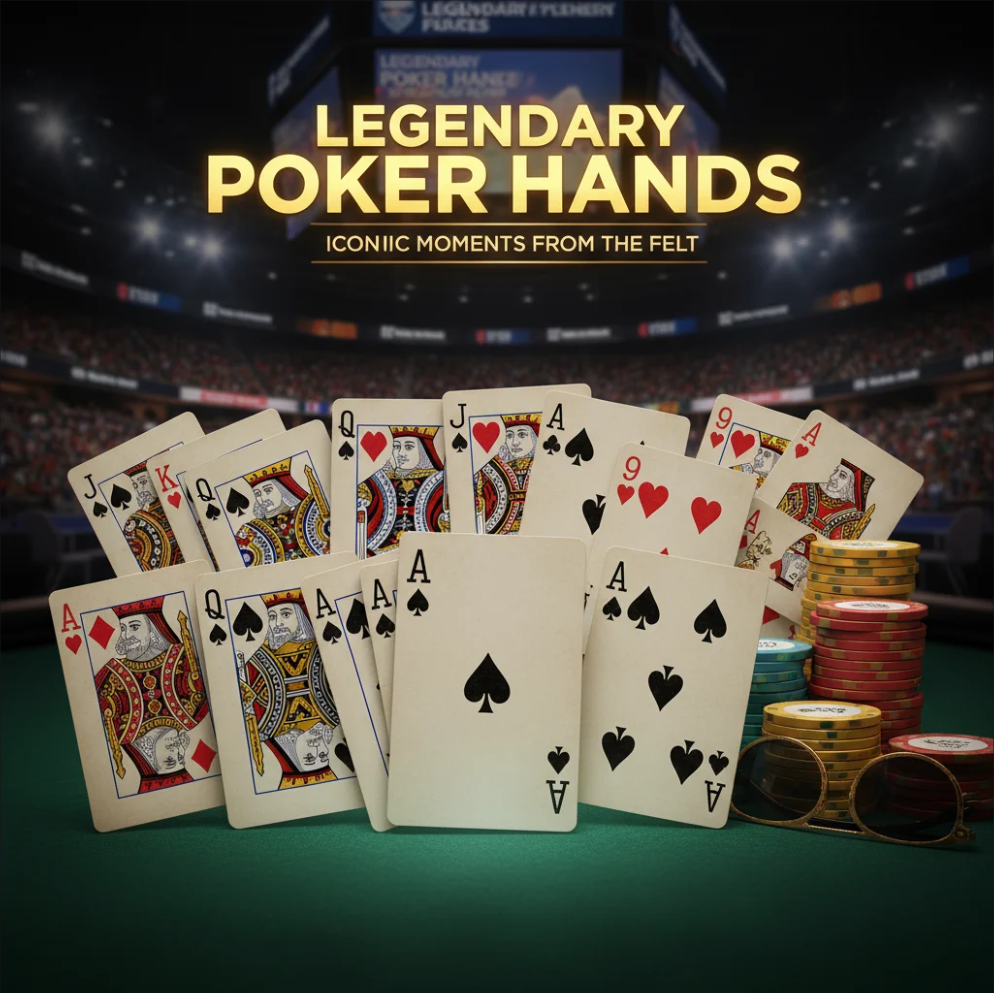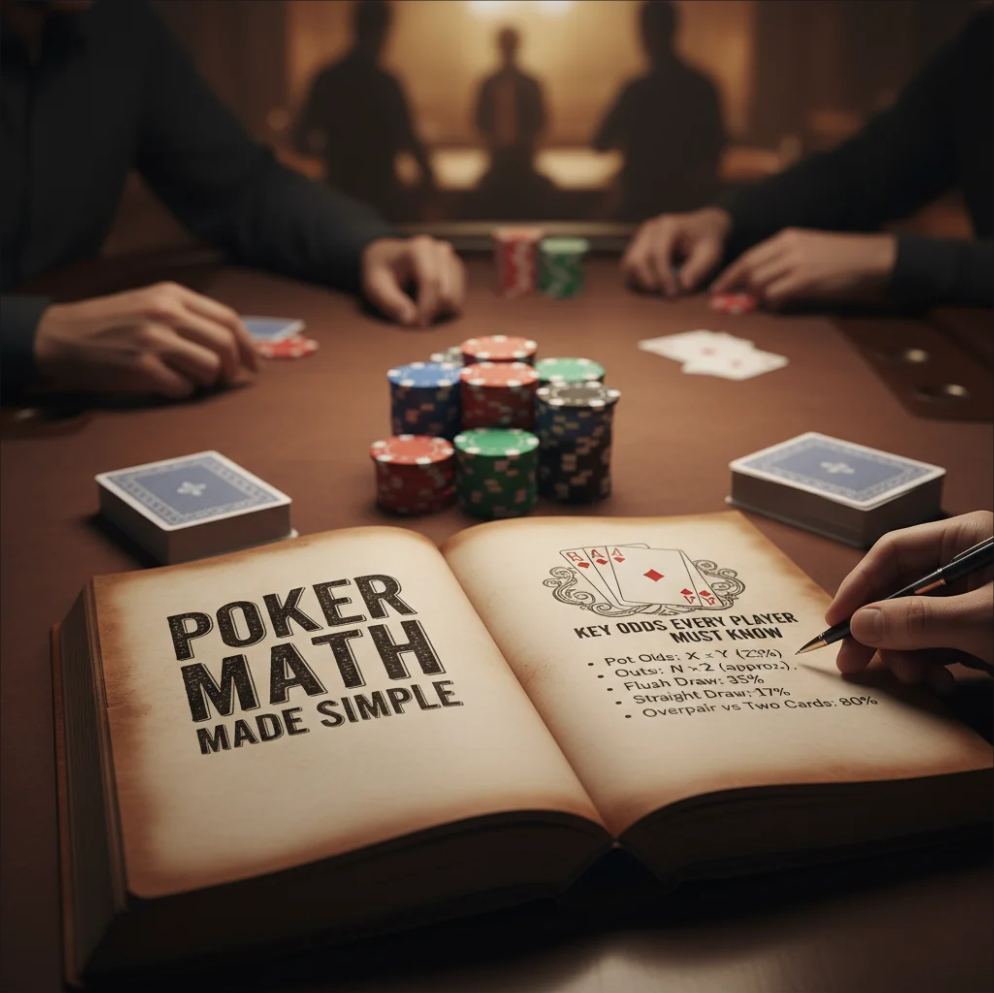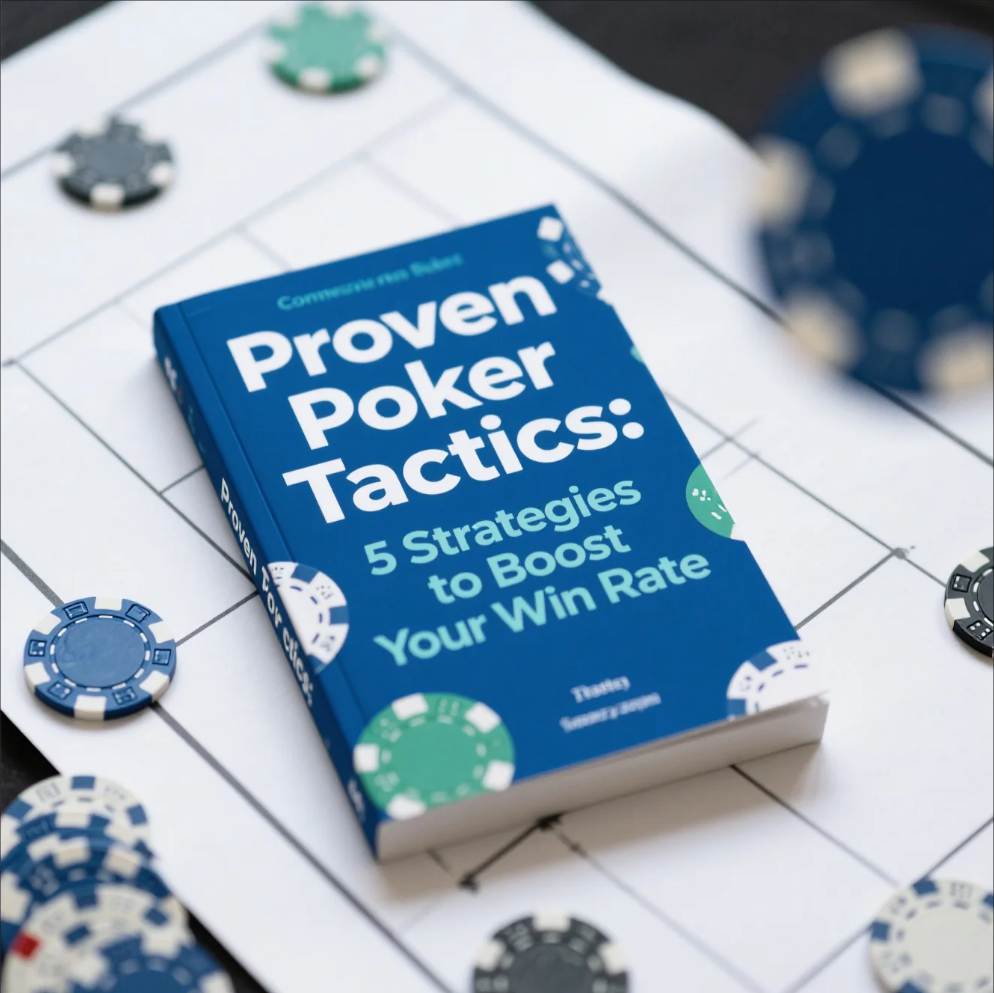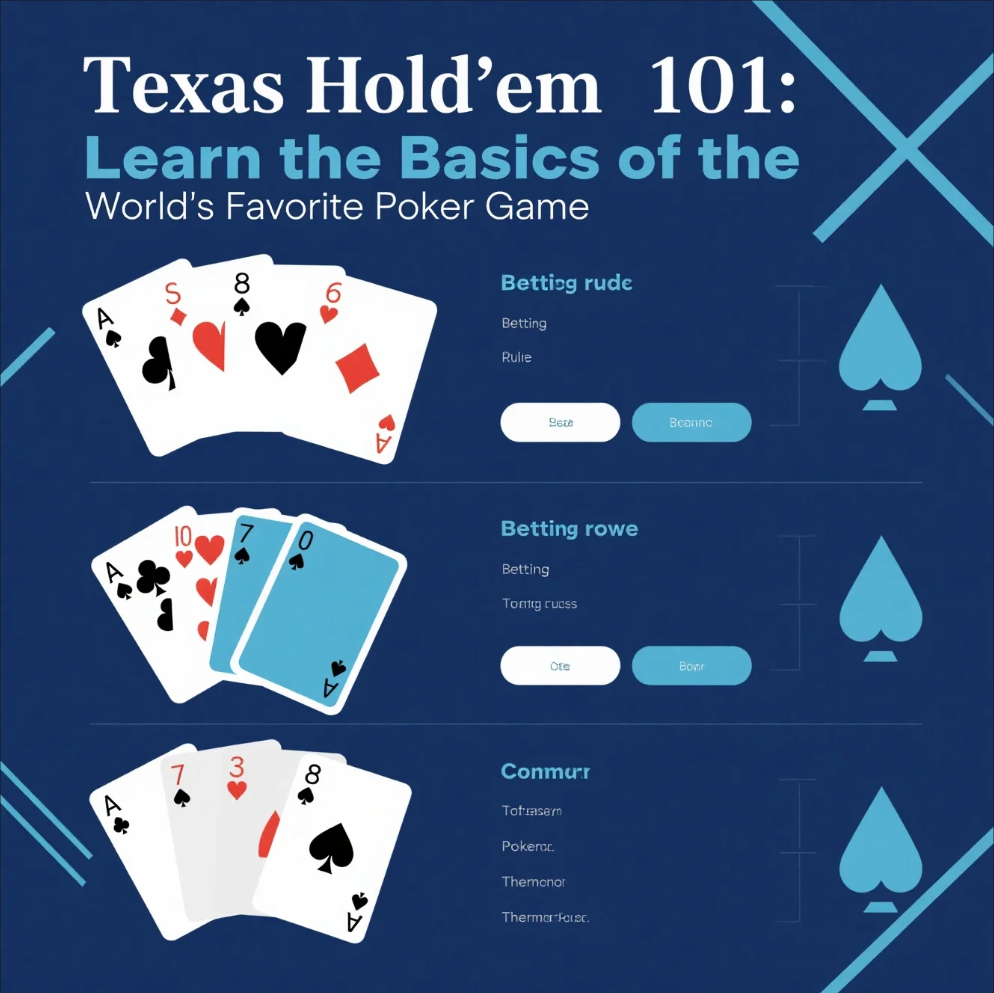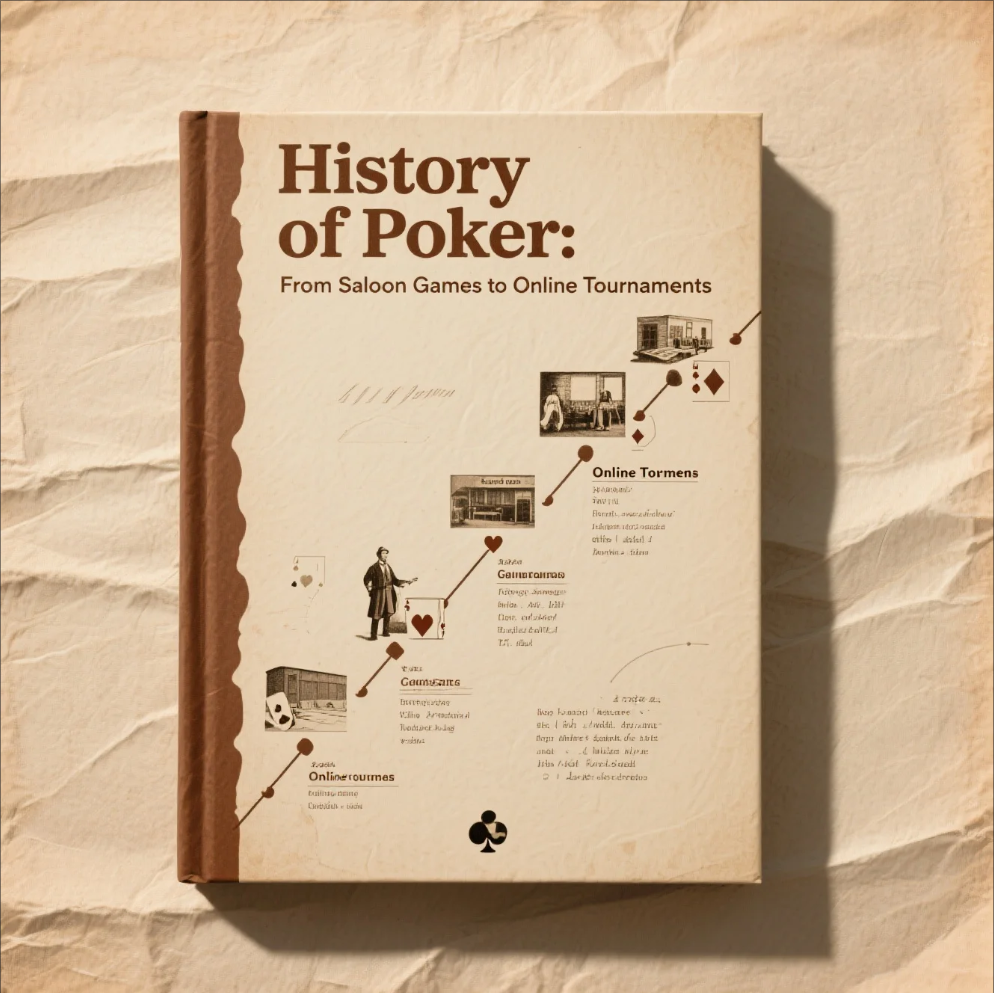Reading Tells in the Digital Age: Psychology for Online Poker
Poker has always been a game of strategy, intuition, and psychology. In the era of online poker, the traditional “tells” — physical gestures and subtle movements — are replaced by digital cues, timing patterns, and behavioral signals. Understanding these can give players a competitive edge and enhance decision-making.
⏱ Timing Tells and Bet Patterns
One of the most important tells in online poker is timing. How long a player takes to make a move can indicate confidence, hesitation, or bluffing. Consistently fast or slow bets can reveal patterns. Similarly, bet sizing—whether a player suddenly increases or decreases their bet—can provide psychological insight into their strategy.
🖥 Digital Behavior Analysis
Online players also leave “digital footprints”:
- Chat behavior: Messages may reveal emotions or bluffing tendencies.
- Multi-tabling patterns: Playing multiple tables can indicate experience level.
- Frequent breaks or session times: These can hint at risk tolerance and stamina.
Understanding these cues requires careful observation and psychological analysis.
🧠 Mindset and Self-Reflection
Reading tells isn’t just about opponents; it’s also about self-awareness. Maintaining a calm, focused mindset helps avoid giving away your own tells. Regular reflection on your play, emotions, and responses improves your ability to read others while controlling your own digital behavior.
🎯 Tips for Applying Psychology in Online Poker
- Observe bet timing and changes in patterns carefully.
- Take note of repeated digital behaviors over multiple sessions.
- Stay patient and avoid reactive decisions based on emotions.
- Practice reading online tells while maintaining your own consistent habits.
✨ The Digital Poker Edge
Online poker may lack physical cues, but psychology remains a powerful tool. By mastering digital tells, timing patterns, and behavioral insights, players can gain a significant edge and make smarter, more strategic decisions at the table.


